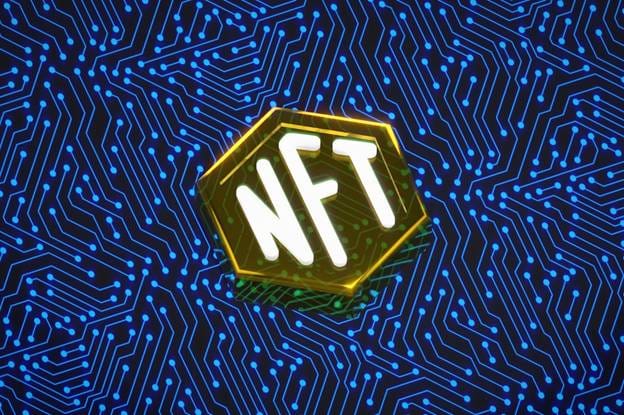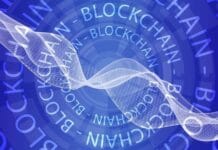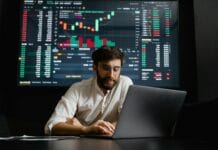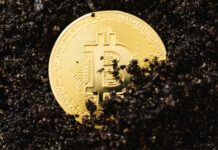
NFT communities in the fast-paced digital asset world are where innovation and collaboration happen. NFTs have transformed digital ownership, but their communities propel new ideas. These groups not only gather collectors but also influence project development. This article will examine how these communities use crowdsourcing for innovation, offering insights applicable beyond blockchain. How does empowering a group foster new ideas? What is the role of incentives? How might this method change teamwork across various fields?
The Rise of NFT Communities
From Digital Art to Living Ecosystems
NFTs started as simple digital art a few years back and have since grown into complex systems. These digital collectibles quickly evolved into social hubs. Communities such as Bored Ape Yacht Club and CryptoPunks formed organically through shared interests, social media, and special perks.
The Power of Belonging
What sets them apart is a shared sense of community. group members have a say in where things are going by voting on projects, making content together, and having input on future plans. Ideas come from the group, not from the top. Think about the size of these communities. You have thousands of people from all walks of life getting together on Discord, X, and forums. They give feedback instantly, which helps catch errors and find chances a small group might not see.
Blockchain’s Role in Empowerment
This situation resembles crowdsourcing, like with open-source software, except blockchain brings openness and verifiable ownership. Contributing is valuable because your contribution could affect something you own. This is empowering, and it’s where valuable insights emerge.
The wider crypto world has similar community-driven growth. Projects that rely on crowdsourced ideas, token incentives, and decentralized management transformed early NFT collections into cultural happenings, according to some. Look at tokens with 1000x potential built on these principles with this list, which is a practical starting point for anyone tracking where the next wave of community-driven innovation might emerge.
Crowdsourced Creativity in Action
NFT groups thrive on shared creativity. Projects often start with a simple idea, which the community then expands. For example, NFTs can be split into smaller parts, so many people can own a valuable asset. This makes things more accessible and encourages teamwork. This method supports community-voted art projects or content made by users in virtual worlds.
New ideas do well here since it’s easy to start. Anyone with internet can share ideas, create sample versions, or raise money by selling tokens. This has led to fast progress, like using NFTs for items in games or music royalties. Of course, disagreements can happen, and not all ideas work out. But suggesting, discussing, and refining ideas makes improvements happen faster. Crowdsourcing isn’t new, but NFTs improve it by rewarding participation, turning fans into partners.
Key Lessons from NFT Governance and Incentives
What can other fields take from this? NFT groups show some main ideas for good crowdsourced change. These ideas work well through decentralized groups (DAOs) and token systems.
- Decentralized Decision-Making: Decentralized groups let people who own tokens vote. This way, choices are based on many views, which can reduce unfairness and lead to fresh ideas.
- Incentive Alignment: Tokens give rewards for work done through things like airdrops or governance rights. This encourages people to stay involved and turns users into co-creators.
- Transparency Builds Trust: Blockchain lets everyone see choices and money flow, which makes people responsible. Traditional crowdsourcing often lacks this.
- Rapid Iteration: Quick feedback helps projects change direction fast based on what the group says, like agile methods in tech.
- Inclusivity Drives Diversity: Open access brings in talent from around the world. This leads to more complex thoughts that might not come about in closed business settings.
When more people get involved, changes usually get better, and more people join in. There are possible risks, like market changes or disagreements on how things should work. This plan shows you how to correctly use group thinking.
Applying These Insights Beyond NFTs
These lessons can be useful for what comes next. Tech, media, and green companies can take note of these approaches. To give you an idea, a company can get ideas for products from its users using tokens. Or, charities can let donors get involved in projects using NFTs. The key is to strike a balance between having a plan and being able to change.
There are still some things to figure out. Blockchain scaling problems could mean fewer people can join in, and rules might create delays. But as the tech gets better, these groups point to a future where working together creates new things.
Conclusion
NFT groups suggest that ownership can improve ideas. When people and tech link, we see better cooperation, commitment, and improvement. If business, art, and tech adopt similar approaches to group idea creation, things could really change. This shows that teamwork drives innovation more than solo thinking. Lessons learned here can guide us in building inclusive projects and fostering transparency. Future innovation could involve decentralization.





